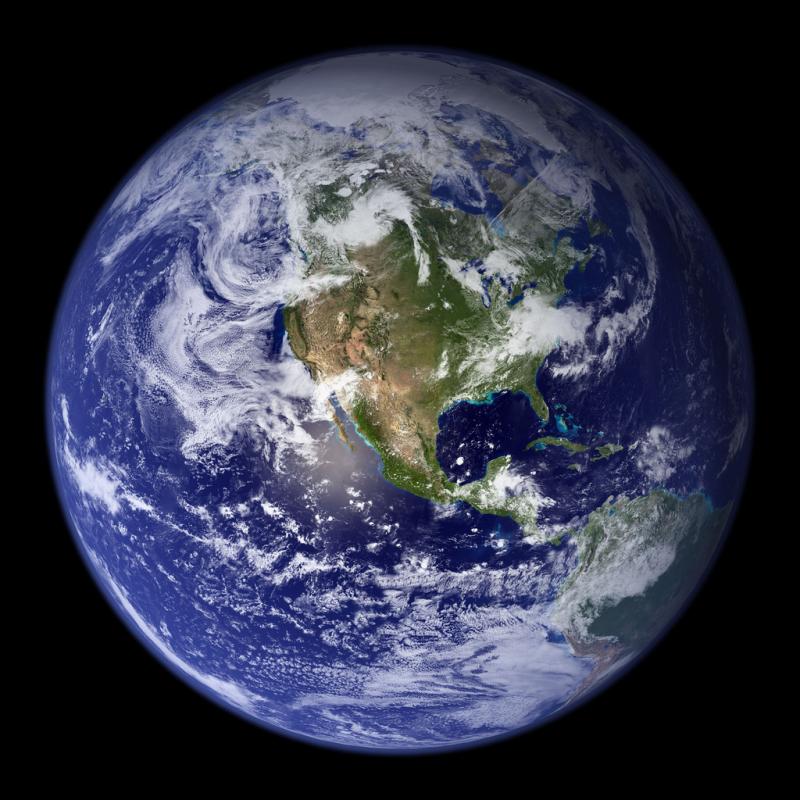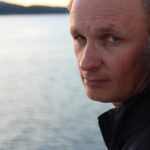
The “orthodox science” view of the Earth was as a physical system that provided an environment that was the setting against which life evolved. The planet and life on it, are ultimately autonomous and separable. Life adapts to its environment. James Lovelock in 1972, then in collaboration with Lynn Margulis (1938-2011) in a series of articles over the next several years, offered a different view, “the Gaia hypothesis”. The hypothesis is that the physical and living systems of the Earth have co-evolved together as a self-regulating system with its goal the optimizing of the conditions for life. Thus the oceans, the continents, and the atmosphere, are tied into and affected by the emergence and development of life and the biodiversity of organisms rather than merely their setting. This view of the Earth, as “Gaia” (a Greek goddess of the Earth), interprets it as like a living system that uses mechanisms of self-regulation such as constantly regulating temperature and the chemical and physical inputs and outputs of that system, to preserve and perpetuate life within that system. In short, seeing the Earth as if it was a living organism yields more truth than seeing it in the more mechanistic, reductive, terms of traditional science.
Lynn Margulis’ great contribution is around a revisioning of evolution in terms of symbiosis: that organisms learning to co-operate with other organisms and their environment is a greater force for survival than competition. Contra the Darwinian emphasis on competition – but not contrary to the basic tenets of evolutionary theory – Margulis helps to bring forward interdependence as crucial to the dynamics of evolution rather than antagonism between independent actors. That collaboration with, rather than competition against, might prove a better type of “fitness” has huge implications – not least in our current moment where reframing human action in terms of collaboration with the Earth and all that is other-than-human will be key.
The common misinterpretation (which is probably the broader, more popular, and media-based, use of “the Gaia hypothesis”), was that Lovelock had proven through science that the Earth is a living being. (Further misinterpretations transform Gaia further into a conscious, intentional being; a nature goddess, etc.. See Bron Taylor‘s work, especially his book Dark Green Religion, for a fascinating exploration of contemporary nature spirituality including “Gaia religiosity”.) This misinterprets the cautious scientific claims Lovelock made: throughout his writings on the Gaia hypothesis, he is careful to always emphasize the metaphorical nature of “Gaia-as-alive”: key is that as a self-regulating system, with a goal of optimizing conditions for life, is that it is “like” a living organism, can be viewed “as if” it is a living organism. (Initially in its historical origins, modern reductionist science understood “mechanism”, too, as only a helpful metaphor; but this quickly slid into mechanism as the reality.)
Ecologically, the Gaia hypothesis has huge implications for helping understand our contemporary global crisis. The massive transformations of the environment caused by human industry, science, and technology in the last half century have radically impacted Earth systems – Gaia as a self-regulating system responds to these impacts in a great diversity of ways that manifest in common in what we call “global climate change”. Without mitigating those impacts, and without undoing what has already been done, the Earth will move into a radically different climate system that, in order to optimize life (in general), will introduce conditions radically inhospitable to human life (specifically).
Learn More:
James Lovelock & Lynn Margulis – the Gaia Hypothesis
Imagining Gaia, the Earth, as ‘one great, living organism’
The Gaia Institute is an example of the inspiration of the Gaia hypothesis being translated into an institute that “couples ecological engineering and restoration with the integration of human communities in natural systems.”

